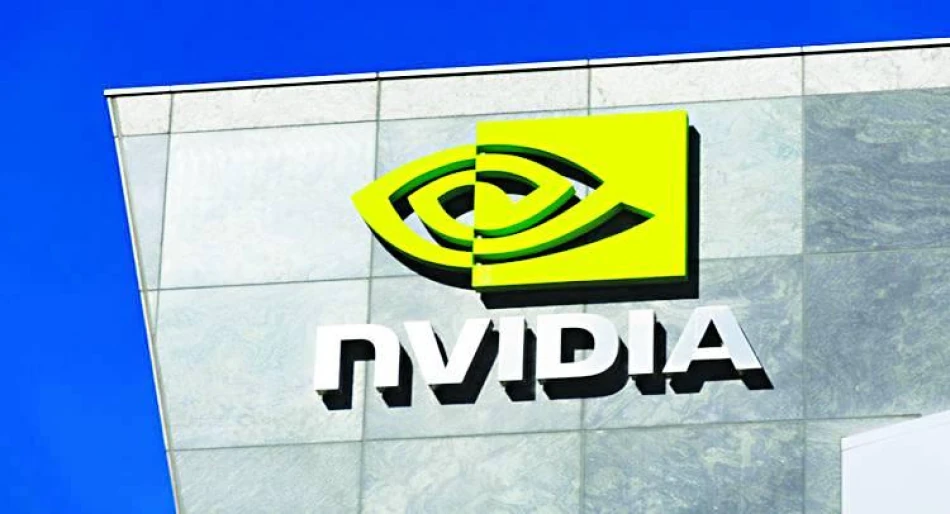
Nvidia's Comeback in China Faces Production Hurdles
Nvidia's China Chip Shortage Reveals Deeper Supply Chain Fractures
Nvidia has informed its Chinese customers that it faces severely limited supplies of H20 AI chips—the most powerful semiconductors it's legally permitted to sell in China under U.S. export restrictions. The shortage stems from production line disruptions caused by Washington's April ban, highlighting how geopolitical tensions are reshaping global semiconductor supply chains and forcing companies to navigate an increasingly fragmented market.
Production Lines Diverted, Recovery Timeline Extended
The supply crunch traces back to the U.S. government's April prohibition on H20 chip sales to China, which forced Nvidia to cancel existing customer orders and abandon reserved production capacity at Taiwan Semiconductor Manufacturing Company (TSMC). During a recent media event in Beijing, Nvidia CEO Jensen Huang revealed that TSMC had already reallocated those H20 production lines to manufacture different chips for other clients.
This reallocation creates a significant bottleneck. Manufacturing new chips from scratch requires approximately nine months, according to Huang's comments. The timeline reflects the complex, capital-intensive nature of cutting-edge semiconductor production, where securing manufacturing slots at leading foundries like TSMC often requires long-term commitments and advance planning.
Mixed Signals on Market Re-entry Strategy
Nvidia's messaging around China operations has been notably inconsistent. While Huang suggested in recent days that the company would increase H20 chip supplies and that Chinese export licenses would receive rapid approval, The Information reported that Nvidia currently has no plans to resume production—though this claim lacked specific sourcing or details.
The company is hedging its bets by developing a new chip specifically for Chinese customers: the RTX Pro graphics processing unit, designed to comply with U.S. export restrictions from the outset. This approach mirrors strategies used by other technology companies operating in regulated markets—creating region-specific products that meet local compliance requirements while maintaining market access.
Broader Implications for AI Chip Markets
Nvidia's China supply constraints reflect a broader reconfiguration of global semiconductor markets. The U.S. has systematically tightened export controls on advanced AI chips since 2022, viewing them as critical national security assets that could enhance China's military capabilities or surveillance infrastructure.
For investors, this situation underscores both risks and opportunities. While Nvidia loses access to China's massive AI market—potentially worth billions in annual revenue—the supply constraints may drive up prices and demand in unrestricted markets. Companies like AMD and Intel are likely monitoring these developments closely, as Nvidia's reduced China presence could create market openings for competitors.
Manufacturing Reality Check
The nine-month production timeline that Huang cited illuminates a critical vulnerability in the semiconductor industry: extreme supply chain rigidity. Unlike software or services that can scale rapidly, advanced chip production requires months of lead time and cannot easily accommodate sudden policy changes or market shifts.
This dynamic puts enormous pressure on companies to accurately forecast geopolitical risks alongside traditional market demand. TSMC's decision to reallocate Nvidia's production capacity to other customers was economically rational but creates long-term complications for any potential U.S.-China trade détente.
The semiconductor industry is increasingly operating in a world where political considerations override pure market economics, forcing companies to build redundancy and flexibility into supply chains that were previously optimized purely for efficiency and cost.
Most Viewed News

 Omar Rahman
Omar Rahman






